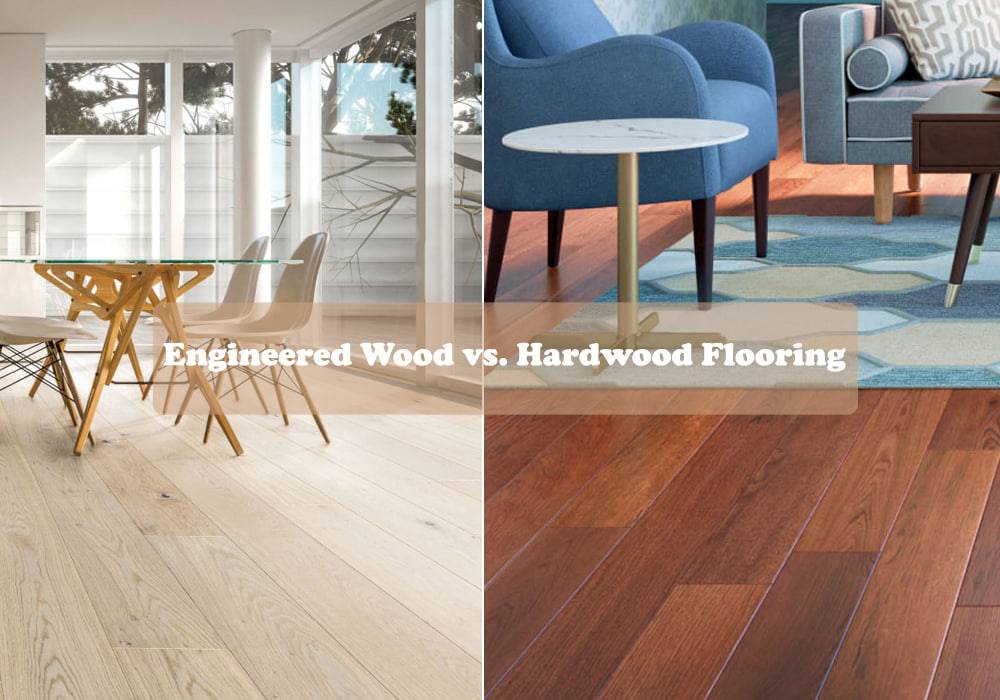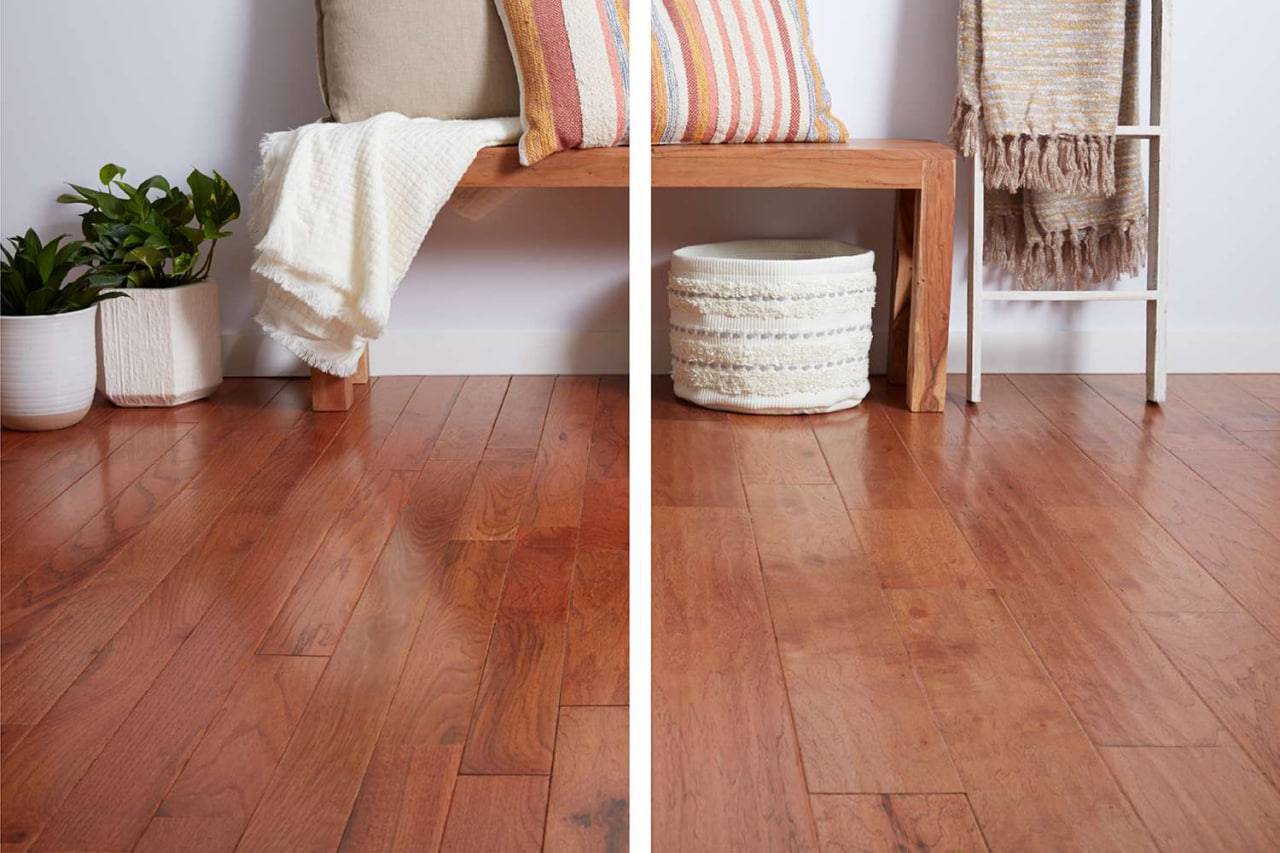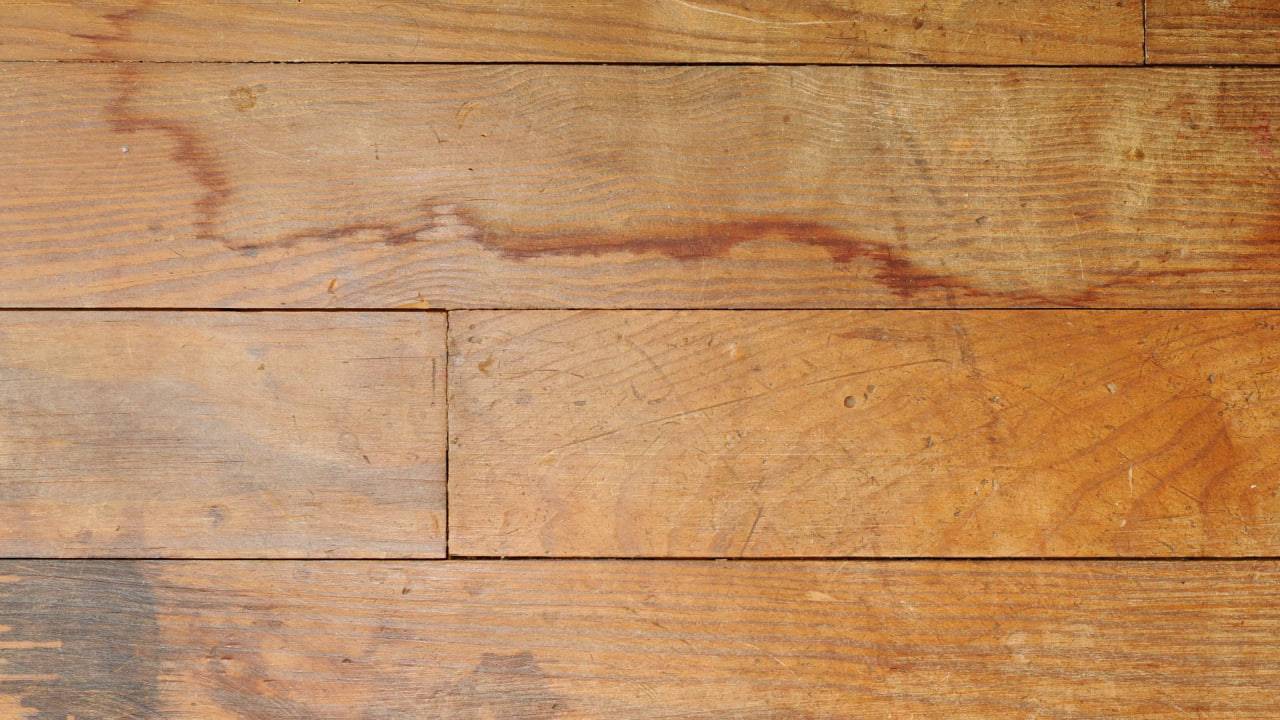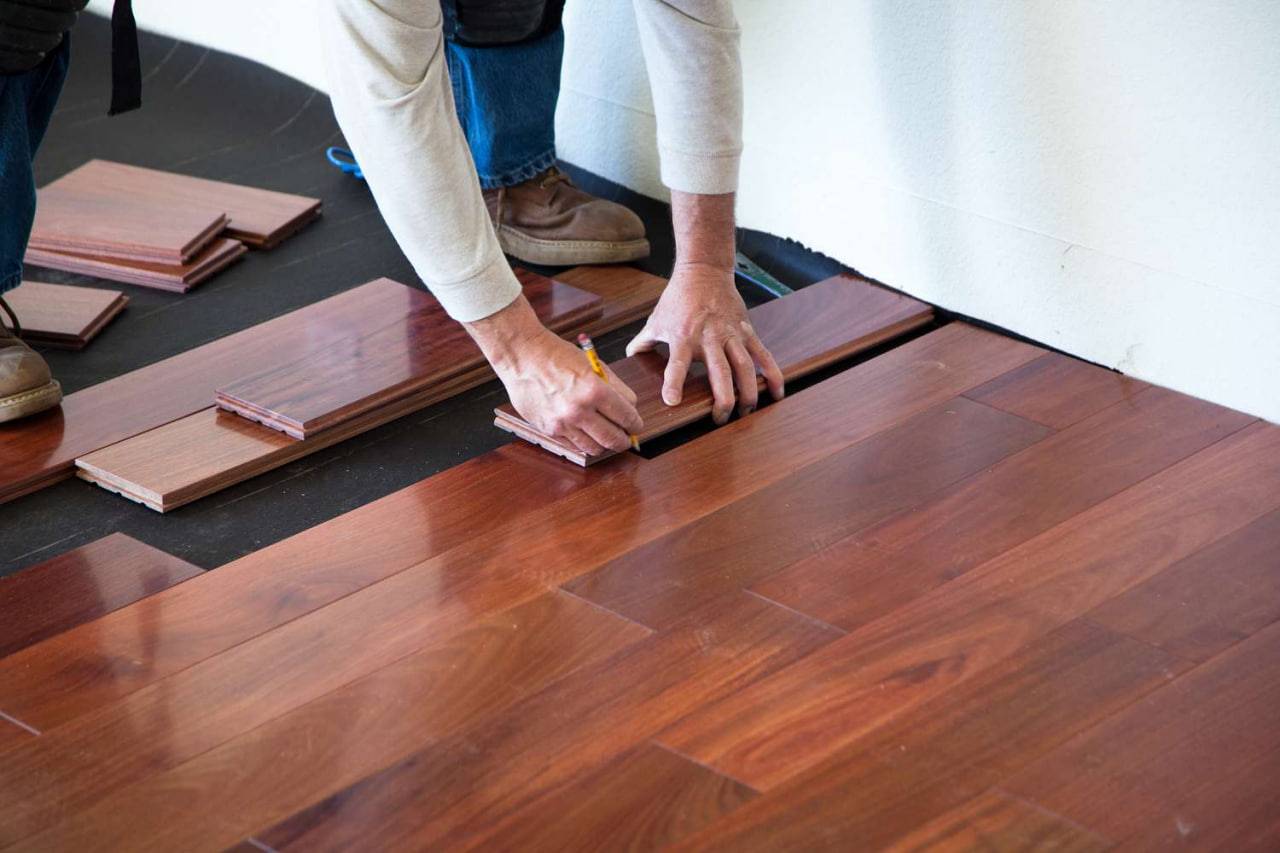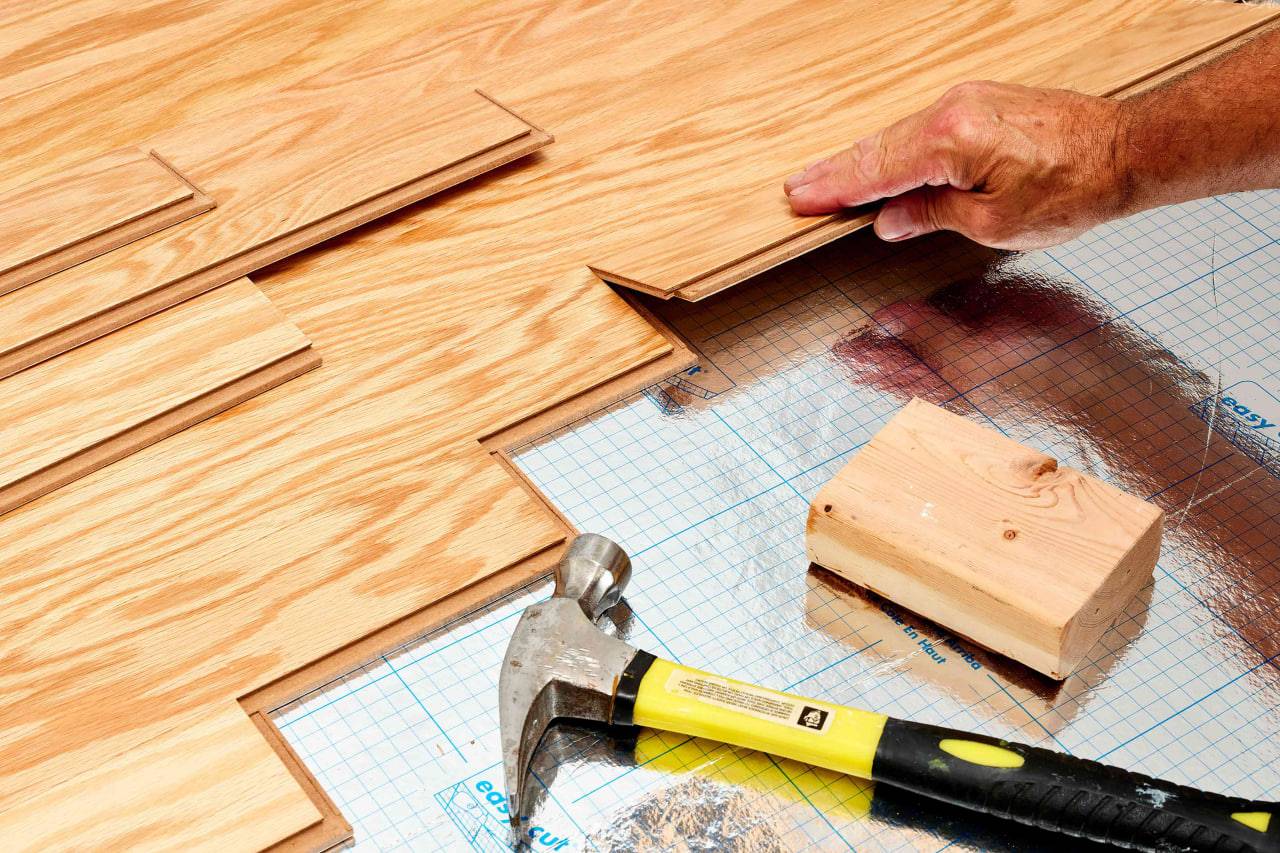Stepping into a world of luxurious warmth and timeless elegance, imagine the inviting touch of hardwood underfoot. But navigating the choice between engineered and hardwood flooring can feel like a labyrinthine puzzle. Fear not, discerning homeowner! This comprehensive guide serves as your map, deciphering the intricacies of each contender to empower you with an informed decision that perfectly complements your unique needs and vision.
We’ll delve into the heart of their construction, dissecting the pros and cons of solid wood’s enduring authenticity and engineered wood’s innovative stability. We’ll compare their resilience over time, assess price points to fit your budget, and navigate the delicate dance with moisture in high-traffic zones. Installation options will unfold, revealing the DIY-friendly nature of engineered wood alongside the precision required for solid hardwood’s beauty.
We’ll explore the sensory experience, from the solid, grounded feel of real wood to the subtle nuances of engineered planks. No stone will be left unturned in the realm of style, showcasing the vast array of species and finishes available for both options. Sustainability won’t be overlooked, as we examine the responsible sourcing practices and recycled components that contribute to each choice. Finally, we’ll equip you with the knowledge to maintain your chosen champion, ensuring its lasting brilliance.
Head-to-Head: Engineered Wood vs. Hardwood Flooring – Unveiling the Champion for Your Home
Stepping onto a warm, inviting floor of natural wood can be a dream, but choosing between engineered and hardwood options can feel like navigating a daunting maze. Fear not, intrepid homeowner! This comprehensive guide will dissect both choices, comparing them across every aspect to help you make an informed decision based on your unique needs and preferences.
Construction & Composition:
- Solid Hardwood: This classic boasts individual planks carved from a single piece of wood, offering unmatched authenticity and character. Think of it as a single, majestic tree transformed into your floor.
- Engineered Wood: This innovative contender features a layered masterpiece. Its core of plywood or high-density fiberboard provides stability, topped with a real hardwood veneer for the genuine wood experience. Imagine it as a multi-layered cake, with the delicious hardwood veneer as the icing on top.
Durability:
- Solid Hardwood: This champion thrives on resilience. Sand and refinish it multiple times, enjoying its lifespan for generations. However, its sensitivity to moisture and potential for warping require vigilant care.
- Engineered Wood: This contender offers impressive stability, resisting warping and moisture better than its solid counterpart. While refinishing options are limited, its layered construction ensures long-lasting performance.
Price Point:
- Solid Hardwood: Brace yourself for a premium price tag. Its luxurious nature and potential for refinishing come at a cost. Think of it as an investment in timeless elegance.
- Engineered Wood: This budget-friendly option delivers the aesthetics of hardwood at a more accessible price point. Consider it a smart choice for those seeking affordability without compromising on style.
Moisture Matters:
- Solid Hardwood: Think twice before installing it in moisture-prone areas like kitchens or bathrooms. Spills and humidity can wreak havoc, leading to warping and cupping. Treat it like a delicate silk scarf, best reserved for drier spaces.
- Engineered Wood: Here’s where it shines! This contender handles occasional spills and moderate humidity gracefully, making it a versatile choice for various rooms. Think of it as a sturdy raincoat, able to withstand the occasional drizzle.
Installation:
- Solid Hardwood: Prepare for a meticulous process. Solid hardwood often requires professional help due to its weight and potential for expansion and contraction. Think of it as a complex puzzle, best left to the experts.
- Engineered Wood: Installation options abound! Click-lock systems and glueless methods make engineered wood DIY-friendly for many homeowners. Think of it as a modular building set, offering ease and flexibility.
Underfoot Sensations:
- Solid Hardwood: Embrace the solid, grounded feeling of real wood. Its natural variations and distinct sound add to its authentic charm. Think of it as a sturdy handshake, offering a sense of connection and stability.
- Engineered Wood: Expect a slightly softer feel due to the core construction. However, the top hardwood veneer ensures a genuine wood experience. Think of it as a comfortable handshake, still warm and inviting.
Style Spectrum:
- Solid Hardwood: Indulge in a vast array of species, each with unique grain patterns and colors. From classic oak to exotic mahogany, the choice is yours! Think of it as a painter’s palette, offering endless possibilities for creative expression.
- Engineered Wood: Embrace the same style spectrum as solid hardwood, thanks to the use of real wood veneers. Additionally, engineered wood offers wider planks and pre-finished options for added style flexibility. Think of it as an extended palette, with wider brushes and ready-mixed colors for convenient customization.
Eco-Conscious Choices:
- Solid Hardwood: Sustainable forestry practices are crucial when choosing solid hardwood. Look for FSC-certified options to ensure responsible sourcing. Think of it as choosing ethically sourced ingredients for a delicious meal.
- Engineered Wood: The use of recycled wood components in the core contributes to its sustainability. Think of it as repurposing leftovers into a creative and resourceful dish.
Maintenance:
- Solid Hardwood: Regular sweeping, vacuuming, and occasional refinishing are essential for maintaining solid hardwood’s beauty. Think of it as giving your car a regular wash and wax to keep it looking its best.
- Engineered Wood: Similar maintenance routines apply, with the added benefit of being generally more forgiving of spills and moisture. Think of it as having a stain-resistant coating on your car, making cleanup easier.
Engineered Wood vs. Hardwood Flooring: A Full Comparison Table
| Feature | Engineered Wood | Hardwood |
| Construction | Layered (plywood/fiberboard core with hardwood veneer) | Single piece of solid wood |
| Durability | High stability, resists warping and moisture better | Very durable, can be refinished multiple times, but moisture sensitive |
| Price | More affordable | More expensive |
| Moisture Resistance | Handles moderate spills and humidity well | Vulnerable to warping and cupping in moisture-prone areas |
| Installation | DIY-friendly with click-lock systems and glueless methods | Often requires professional installation |
| Feel | Slightly softer due to core construction | Solid, grounded feeling of real wood |
| Style Options | Wide variety of species and colors, pre-finished options, wider planks | Vast array of species and colors, wider range of customization |
| Sustainability | Uses recycled wood components in the core | Sustainable forestry practices crucial, choose FSC-certified options |
| Maintenance | Regular sweeping, vacuuming, forgiving of spills | Regular sweeping, vacuuming, occasional refinishing required |
| Ideal for: | Budget-conscious homeowners, DIY enthusiasts, active households, moderate moisture areas | Design-focused spaces, areas with minimal moisture, homeowners willing to invest and maintain |
Stepping into Your Perfect Match: Engineered Wood vs. Hardwood Flooring
Imagine the warmth of natural wood beneath your feet, its beauty and character adding timeless charm to your home. But choosing between engineered wood and hardwood flooring can feel like navigating a labyrinth of options. Fear not, dear homeowner!
This comprehensive guide has unveiled the intricate details of each contender, empowering you to make an informed decision that complements your unique needs and vision. We’ve delved into their construction, comparing the enduring authenticity of solid wood to the innovative stability of engineered wood.
We’ve weighed their resilience against the test of time, explored their price points, and navigated their interactions with moisture in various environments. Installation intricacies were revealed, highlighting the DIY-friendliness of engineered wood alongside the precision required for solid hardwood’s beauty.
We explored the sensory experience, from the solid, grounded feel of real wood to the subtle nuances of engineered planks. No style stone was left unturned, showcasing the vast array of species and finishes available for both options. Sustainability wasn’t overlooked, as we examined the responsible sourcing practices and recycled components that contribute to each choice.
Remember, the perfect choice is the one that resonates with your heart and complements your lifestyle. This guide has equipped you with the knowledge to confidently step into your ideal flooring solution, enjoying the warmth and beauty of natural wood for years to come.
8 Frequently Asked Questions About Engineered Wood vs. Hardwood Flooring:
Can I install engineered wood over radiant heat?
This depends on the specific product you choose. Consult the manufacturer’s specifications as some engineered wood options are compatible with radiant heat systems. Always adhere to the specific installation instructions and recommended floor temperature limits.
Is pre-finished engineered wood better than site-finished?
Pre-finished options offer convenience and consistency in color and finish. However, site-finished allows for customization but requires professional expertise and can be more time-consuming and expensive. Consider your DIY skills, desired level of control, and budget when making this decision.
What’s the best way to clean engineered wood floors?
Use manufacturer-recommended cleaners specifically designed for hardwood floors. Avoid harsh chemicals, excessive moisture, and abrasive cleaning tools. Regular sweeping and vacuuming are crucial for maintaining their beauty.
Can I sand and refinish engineered wood floors?
It depends on the thickness of the hardwood veneer. Some engineered wood can be refinished once or twice, while others are not suitable for it. Consult the manufacturer or a flooring professional for specific advice on your chosen product.
What are some popular species for both solid and engineered wood?
Oak, maple, walnut, hickory, and cherry are timeless favorites, offering a range of colors and textures. Other popular options include mahogany, teak, and bamboo, each with unique characteristics. The choice ultimately depends on your aesthetic preferences and budget.
How long do engineered wood floors typically last?
With proper care and maintenance, engineered wood floors can last 20-30 years or even longer. Factors like wear and tear, foot traffic, and maintenance practices influence their lifespan.
What are some eco-friendly considerations when choosing between these options?
Look for FSC-certified solid hardwood from sustainably managed forests. Engineered wood often uses recycled wood components in its core, promoting resource efficiency. Choose low-VOC finishes and adhesives for both options to minimize environmental impact.
Where can I find more information and inspiration for my flooring project?
Several resources are available! Manufacturer websites offer detailed product information and installation guides. Flooring retailers can provide expert advice and samples. Home improvement websites and magazines showcase inspiring design ideas and project guides.

